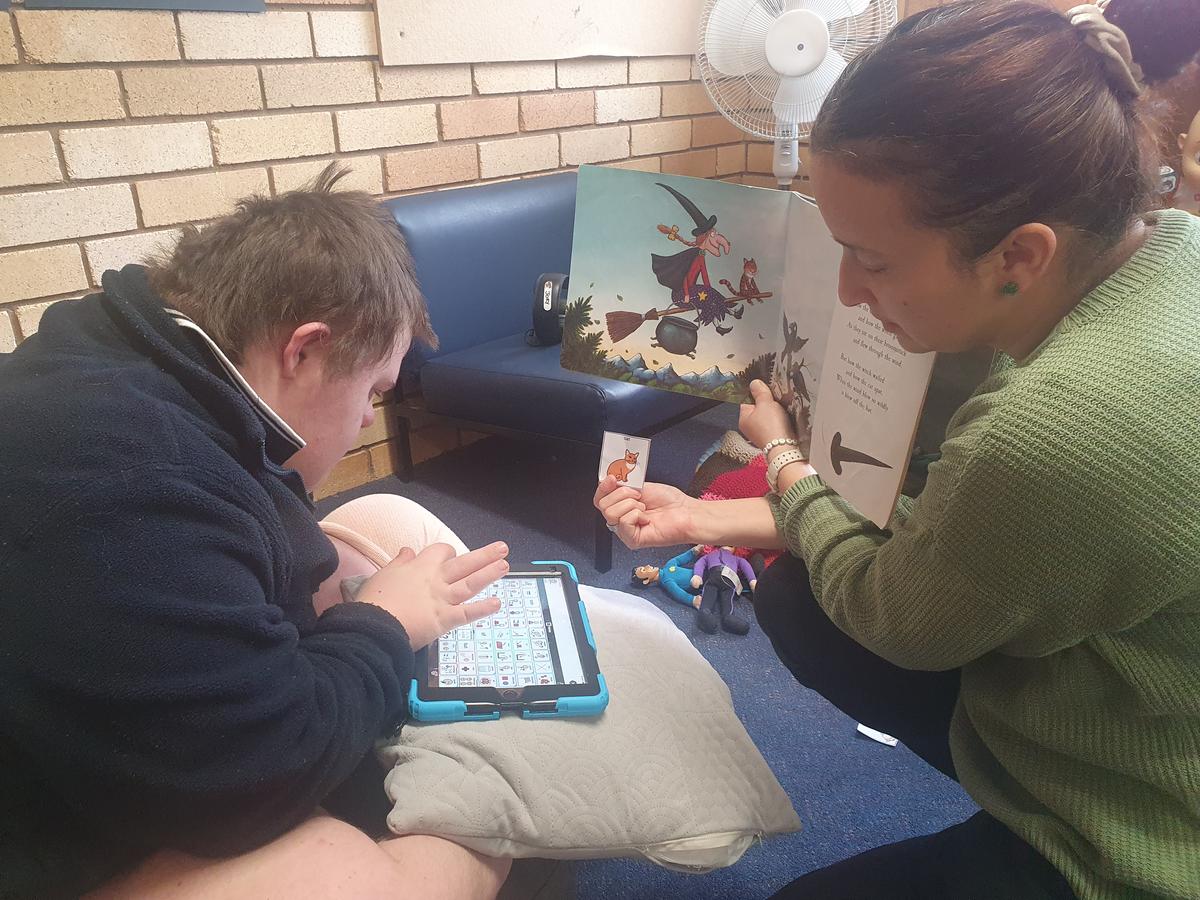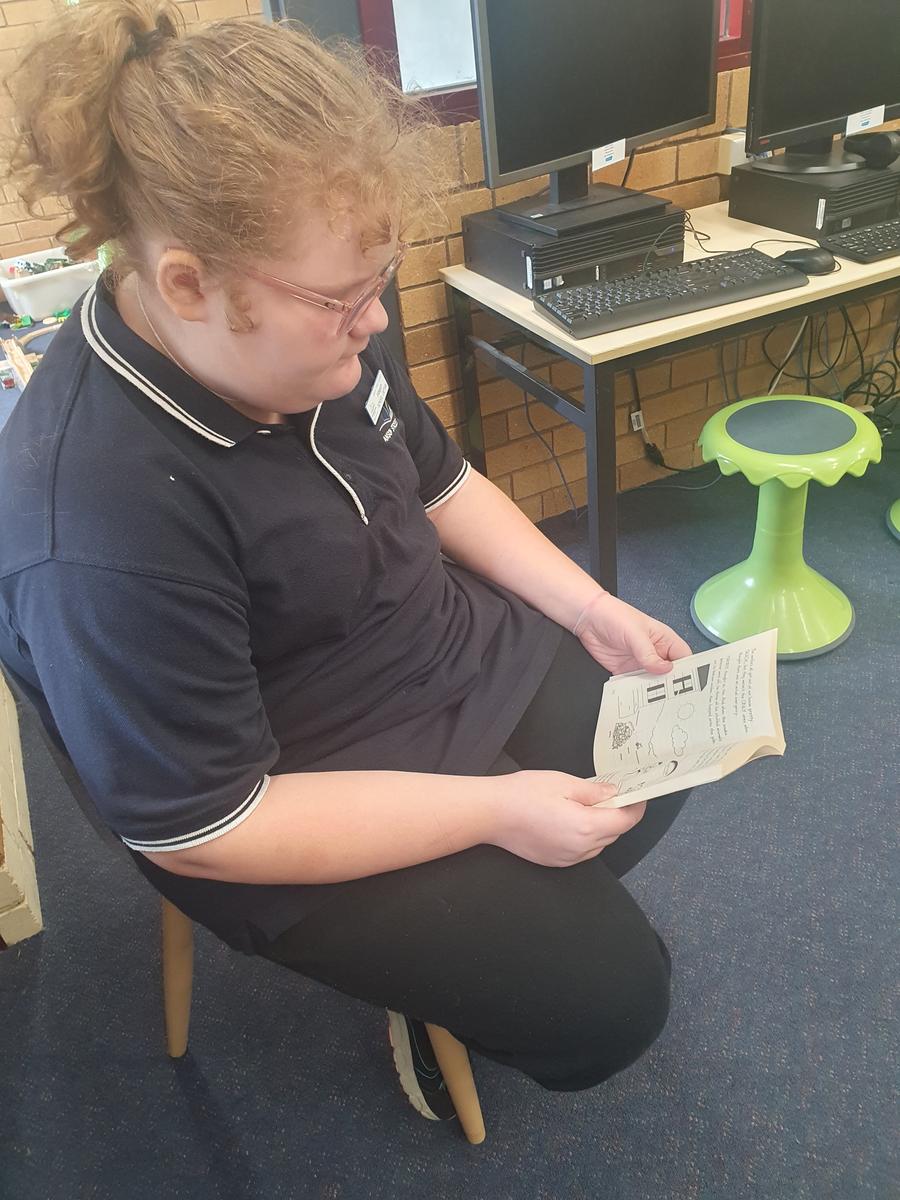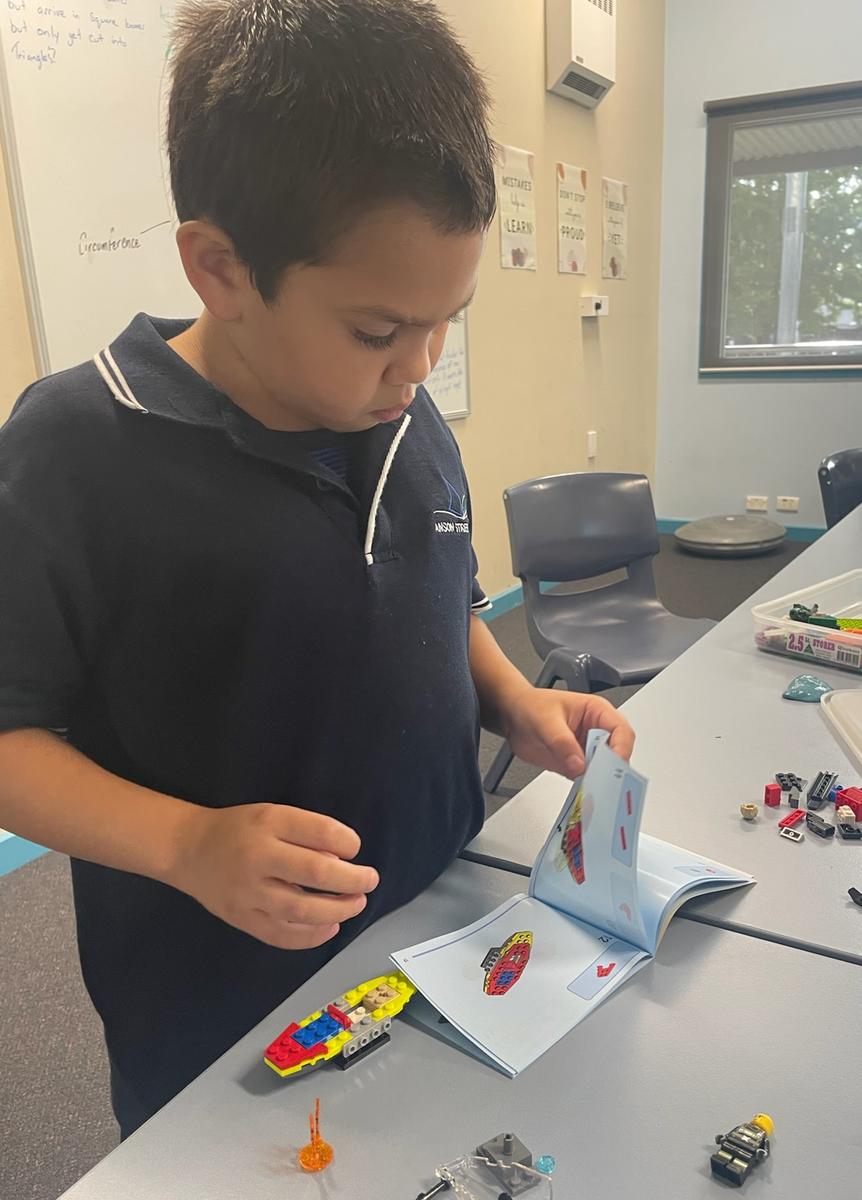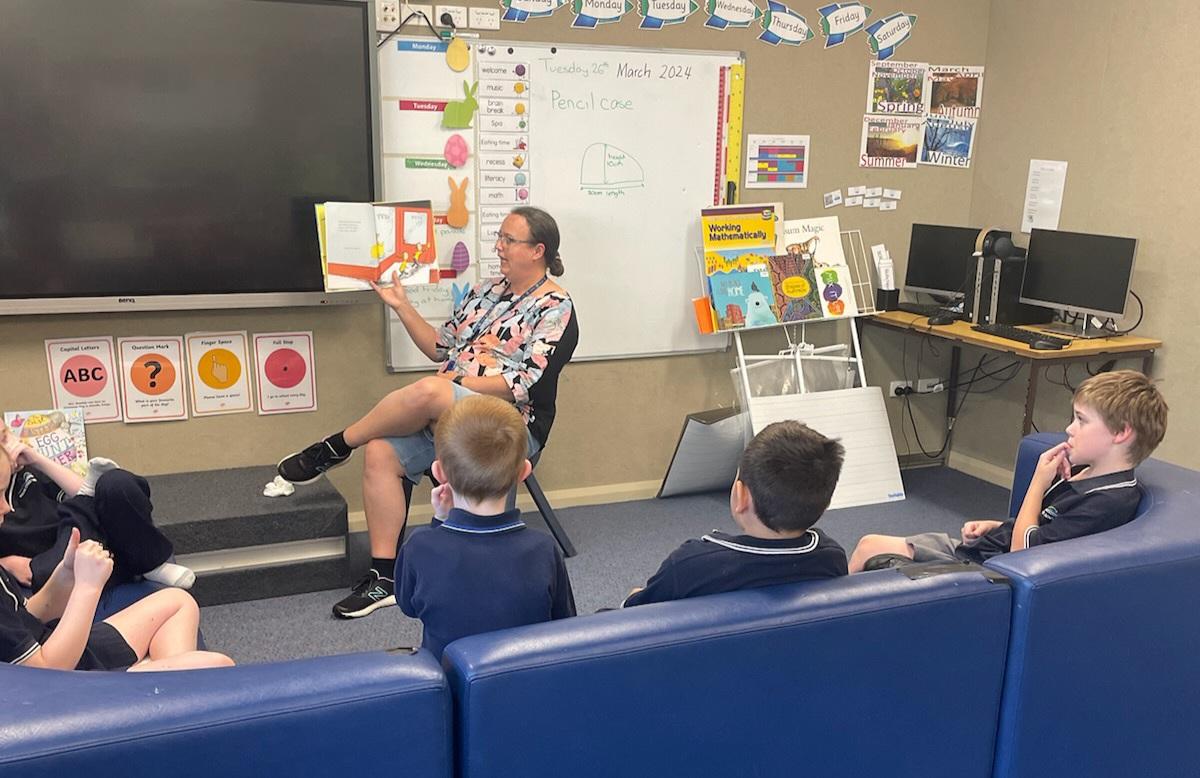Communication
using books

Communication
using books
Reading storybooks with your child is an excellent way to stimulate new language as well as provide a setting for your child to work on their abilities to understand and express language. Below, I will provide some hints on using books as a tool for extending your child’s language skills.
Hint 1
Encourage your child to make spontaneous comments about the story and the pictures by pausing and allowing them to look at each page before you read or make comments about it. Try to expand upon their language (e.g. Child: “it’s an elephant” You: “yes it’s a big, grey elephant”).
Hint 2
To encourage more vocabulary, read the sentence and pause before the last word to allow your child to complete the sentence e.g. "Once upon a time there were three little…?" (Your child needs to be familiar with the story to do this).
Hint 3
A great way to talk (comment) about the pictures in a book is using the “four fingers, one thumb” strategy. For each page of the book, try and make four comments about what is going on. Each comment can be related to different aspects of language. For example, you may want to comment on an action that is going on, describing what someone is wearing, the location of certain characters, and how they might be feeling. After you have made 4 comments (four fingers), ask your child 1 question (1 thumb) relating to the page. Try and ask questions that not only test comprehension by pointing e.g. “Where’s the dog?” but questions that also encourage expressive language “Why is he hungry?". Encourage your child to make inferences about what is being read to them (e.g., "Who will they ask to help them?’ "What is going to happen next?").
Hint 4
Engage your child actively when reading stories together. This will maintain their interest and involvement. You can do this by asking questions as described above, making your child turn the page and using props that go along with the book e.g. animal toys to go along with the characters in a book about a farm.
Hint 5
Choose books of various types and themes to work on lots of different types of language skills. Some examples of ways you can do this include:
Happy reading everyone!
Tenielle Thwaites
Speech Pathologist









